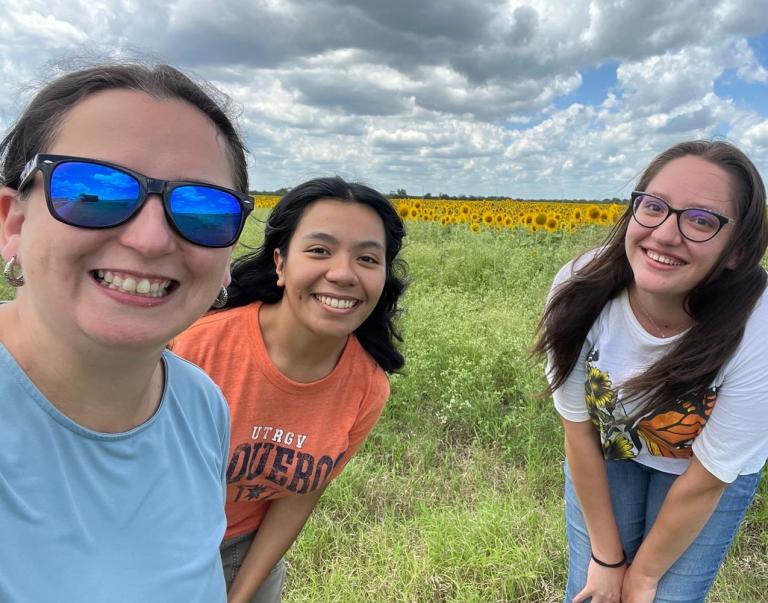
A Kansas family and their neighbor are working with USDA’s Natural Resources Conservation Service (NRCS) to increase habitat for the lesser prairie-chicken—while also benefiting their grazing lands.
Glen Mull and his daughter, Amy Harter, collaborate with Tom Turner to co-manage the grassland they own and the grassland he manages next door. Together, the Mulls and Turner have enrolled roughly 3,000 acres in Edwards and Stafford counties in the Lesser Prairie Chicken Initiative.
The lesser prairie-chicken is a ground-dwelling member of the grouse family native to the upland grasslands and prairies of the Southwest. This species is being considered for protection under the Endangered Species Act.
In order to address the bird’s disappearing habitat and to prevent it from being listed as a threatened or endangered species by the U.S. Fish and Wildlife Service, NRCS and its partners created the Lesser Prairie Chicken Initiative.
Turner is spraying wild plum thickets with herbicide on the grassland area he manages to open the area up for the birds, in the process also creating more grassland area for his cattle
Turner and Mull also regularly burn their grasslands to improve forage quality and increase the quantity for wildlife and livestock. Turner has installed over a mile in cross-fencing; by separating the larger grassland acreage into two smaller ones, Mull now has the option to rotate the cattle through different cells on a grazing schedule. This conservation practice helps them maximize forage use and reduce overgrazing, in turn benefiting the lesser-prairie-chicken by maintaining plant cover and diversity for nesting and brood rearing.
“Improving this grassland acreage will not only improve livestock performance, but it will also provide prairie-chicken habitat—it’s a win-win,” Turner says.
Each spring, an extraordinary ritual occurs, with the courtship of the prairie-chicken. These areas—called leks, or booming grounds—are actually formed in fall when the order of dominance is established among the males. Chickens gather at dusk and dawn, performing elaborate dances designed to attract females.
Turner and Mull consider themselves fortunate to have prairie-chicken leks on their properties. “When you see these birds, you know you are doing something right,” says Mull.
“We want to manage it in a way that will ensure its sustainability for the next generation,” he says. “This land has been in the family for three generations. Our goal is to develop wildlife habitat while operating an economically viable ranch.”
The LPCI is available in 36 Kansas counties, as well as many other counties in Colorado, Oklahoma, New Mexico and Texas.
Check out more conservation stories on the USDA blog.


